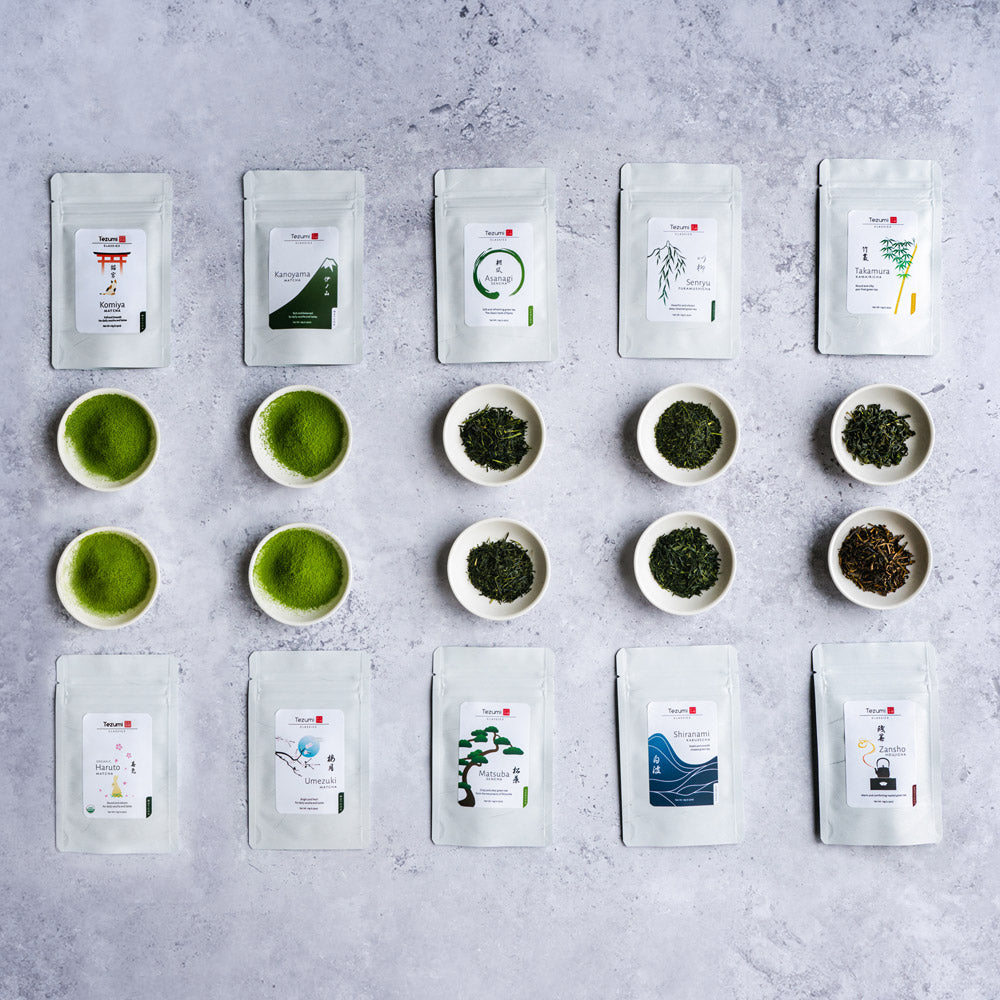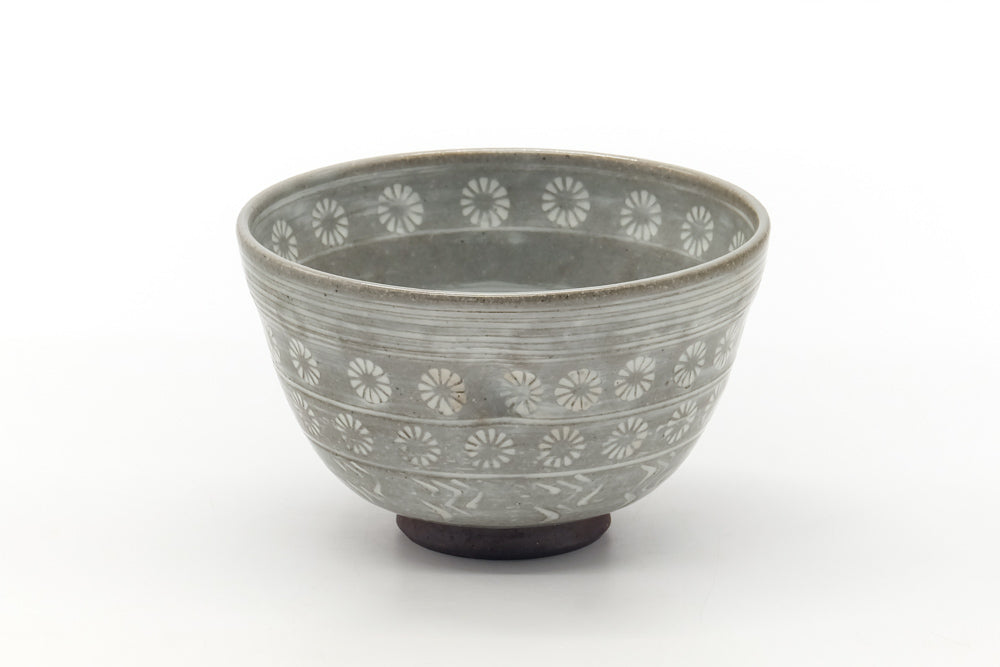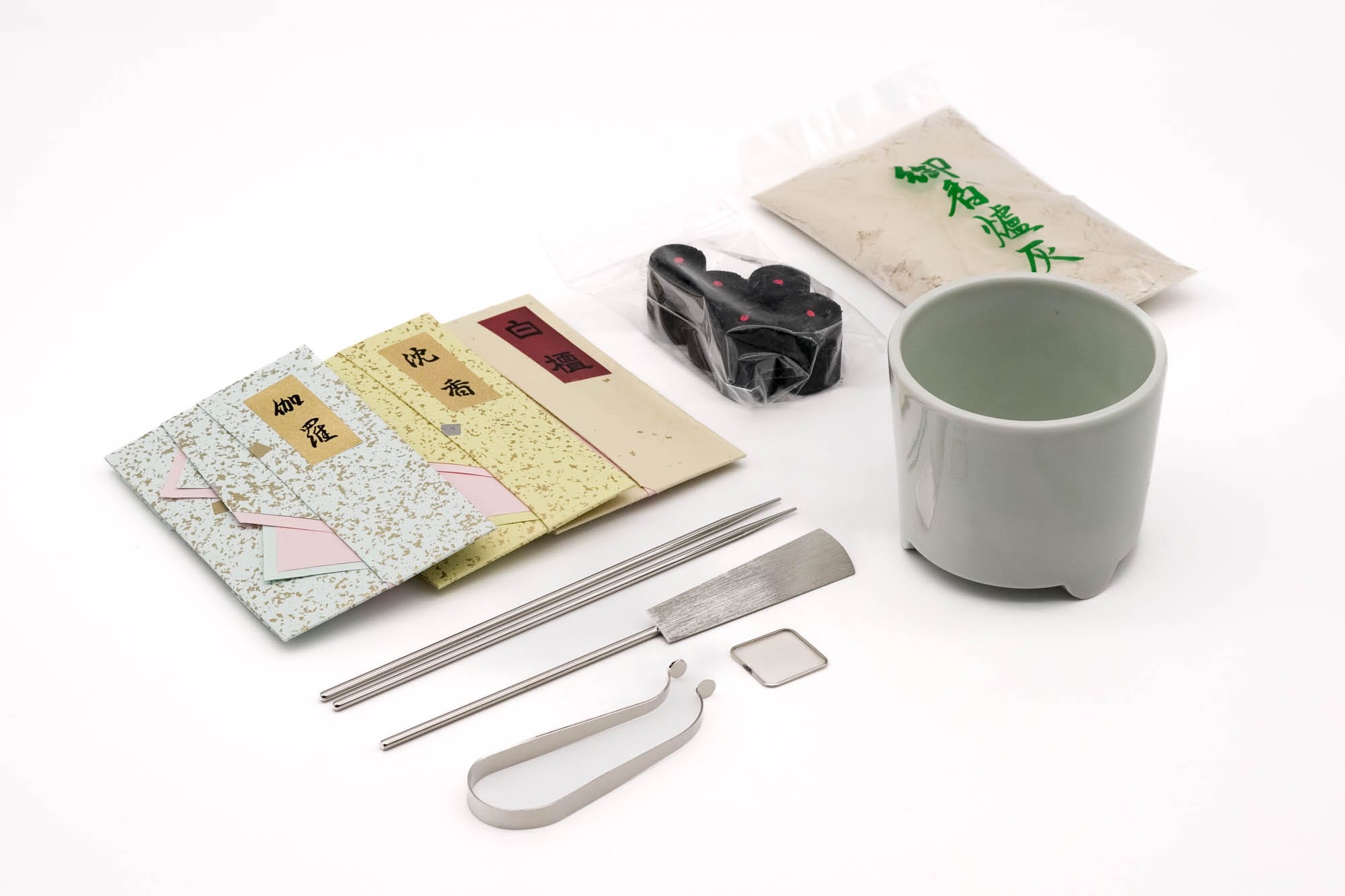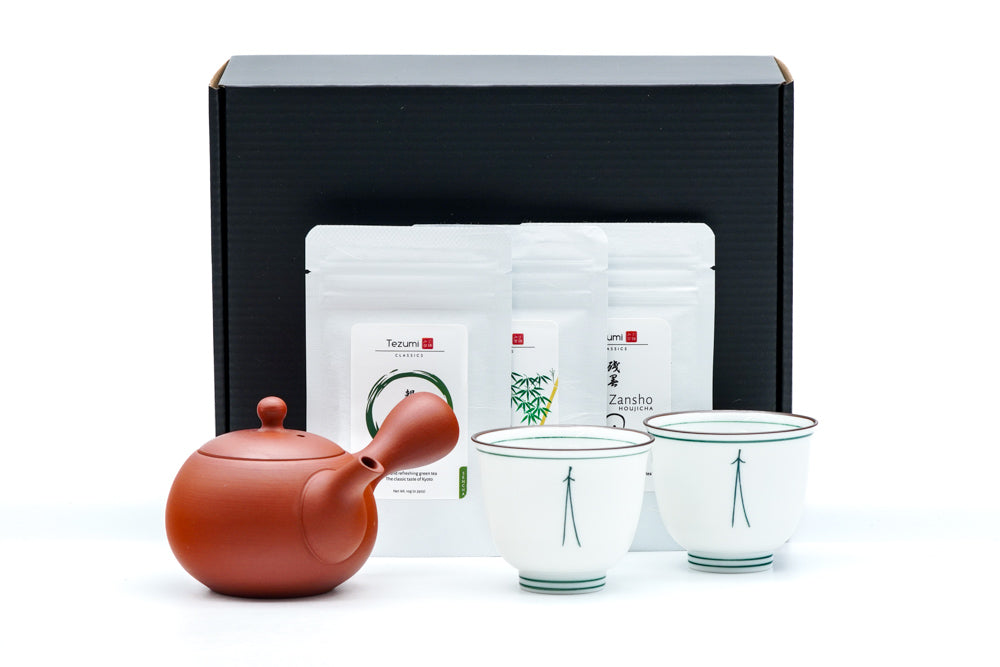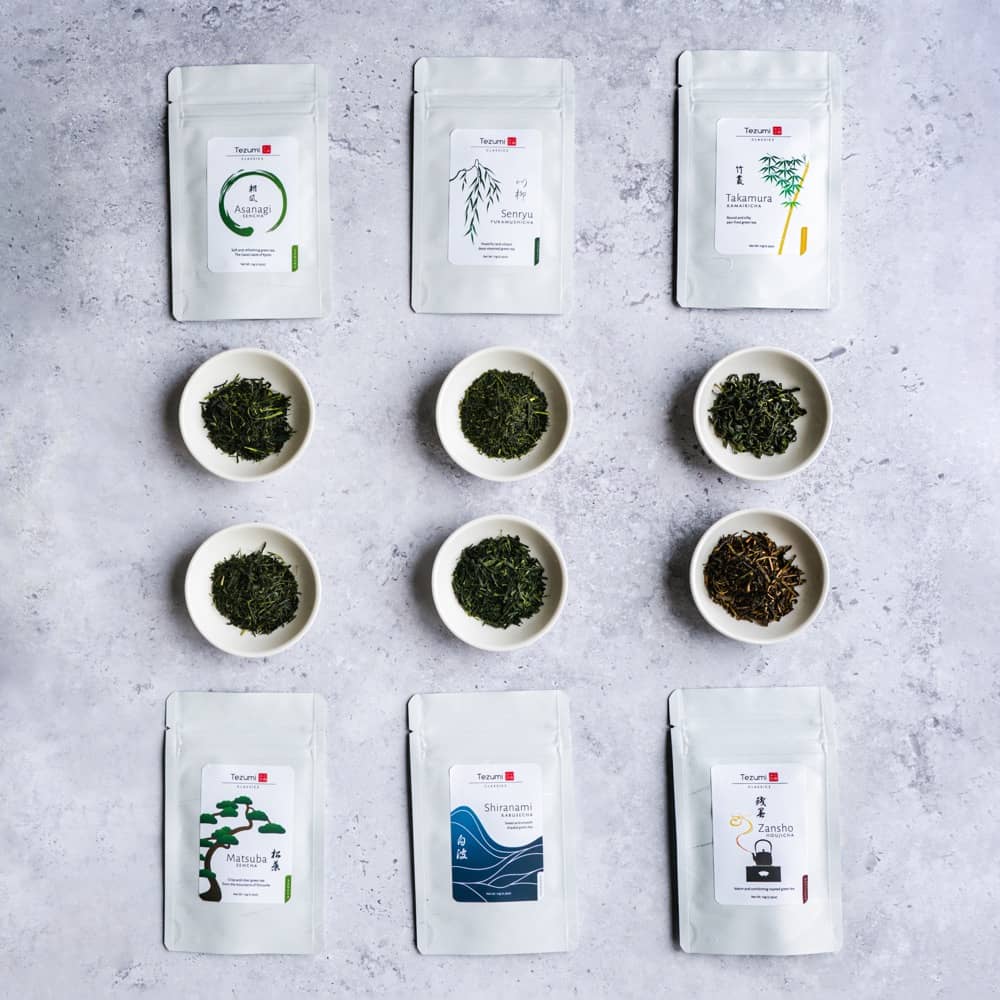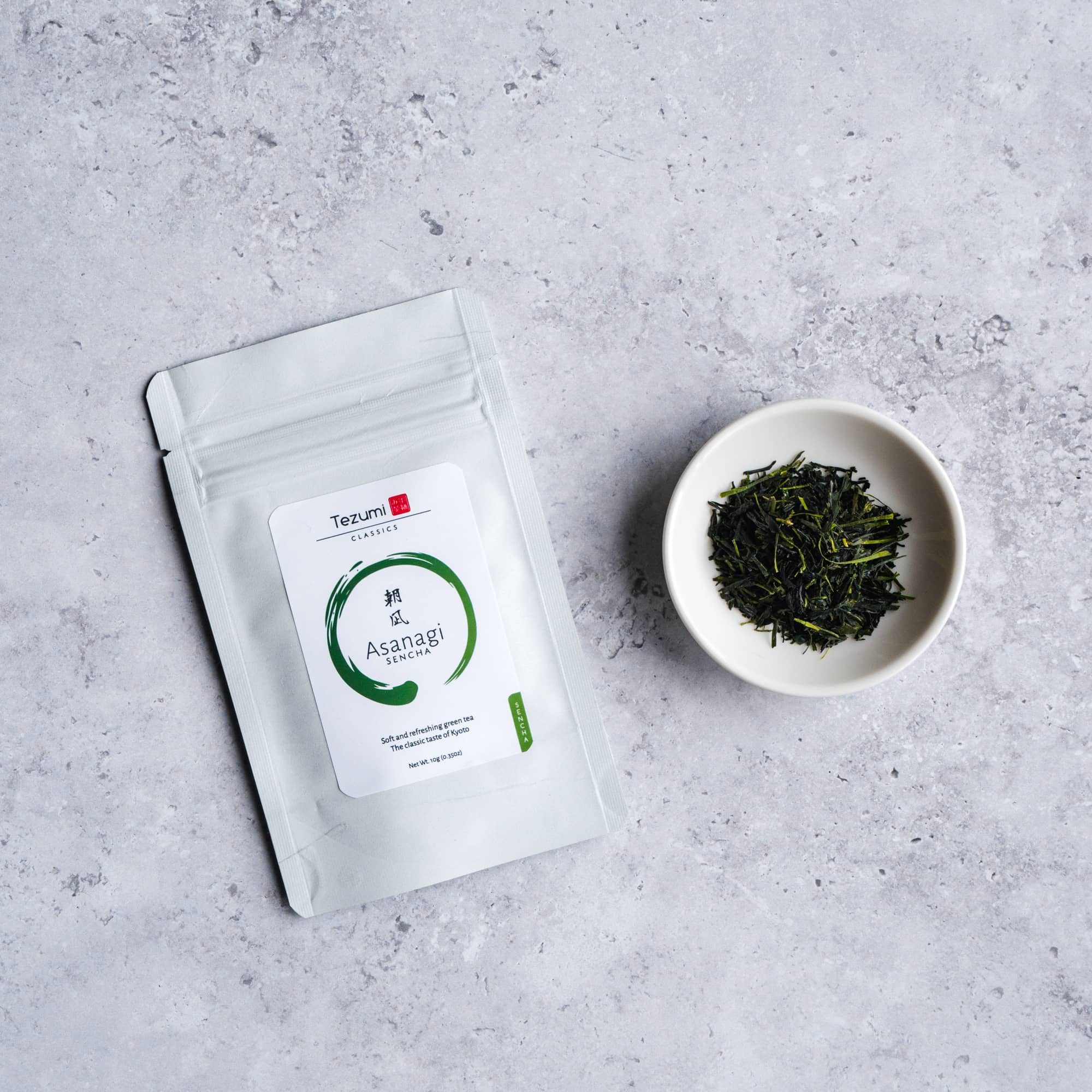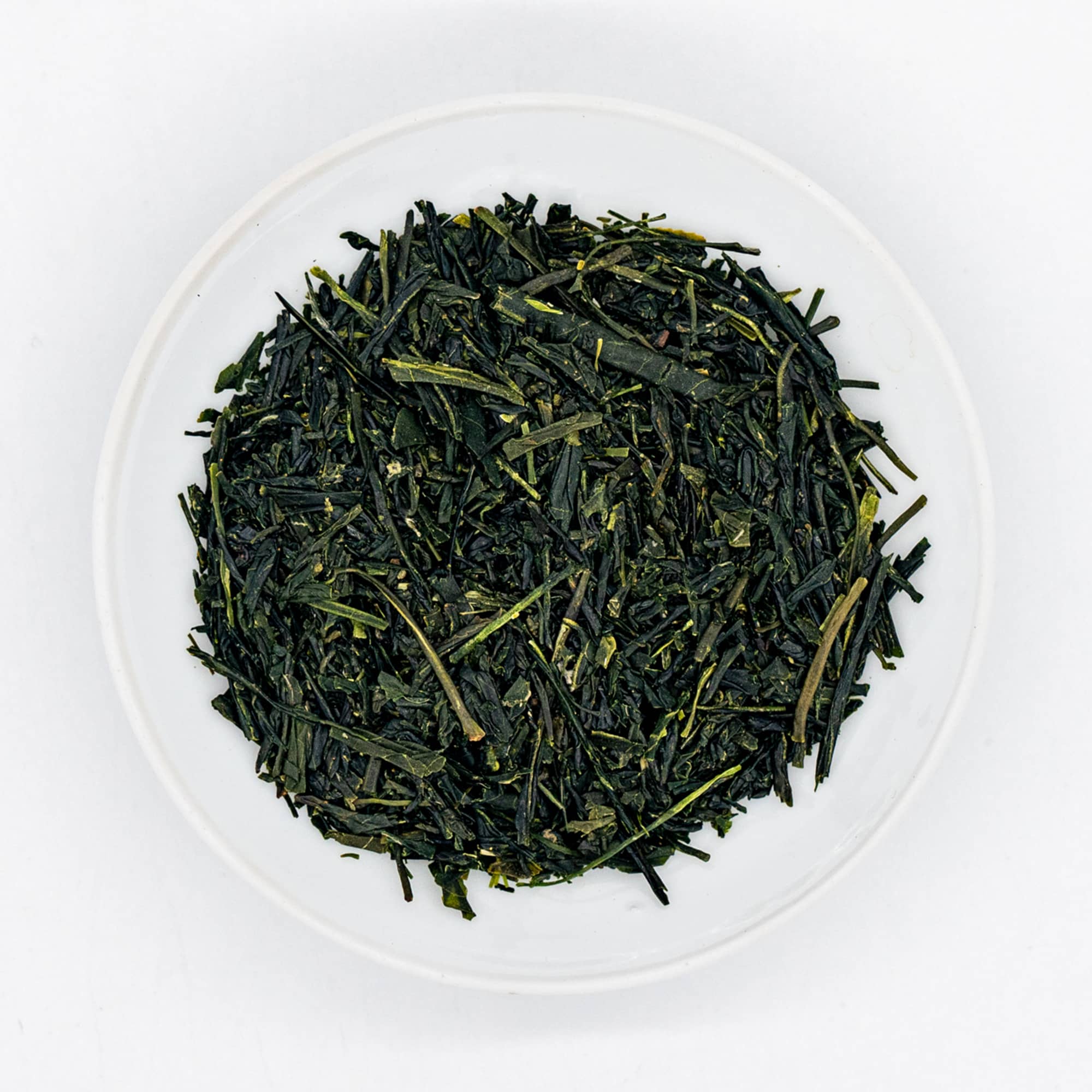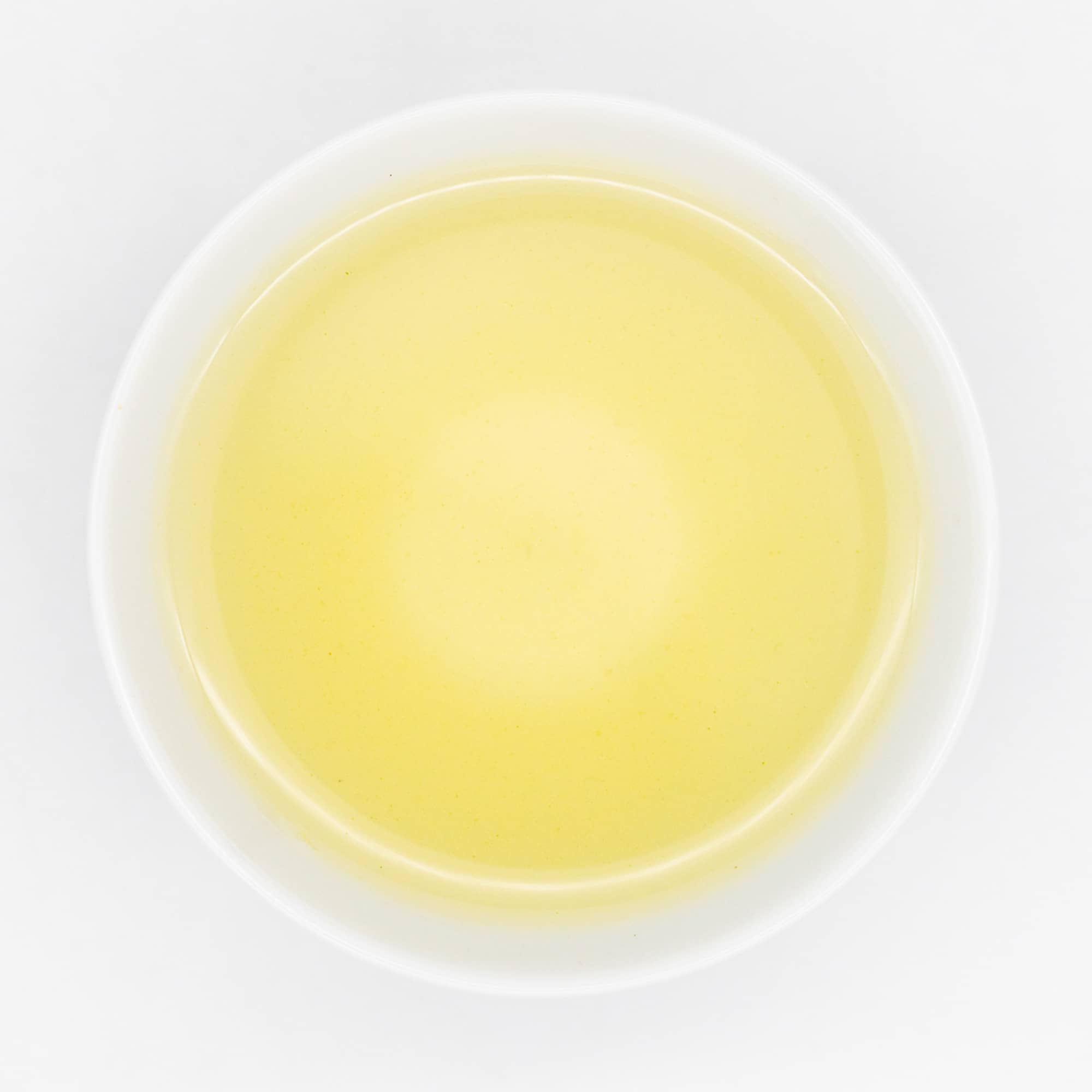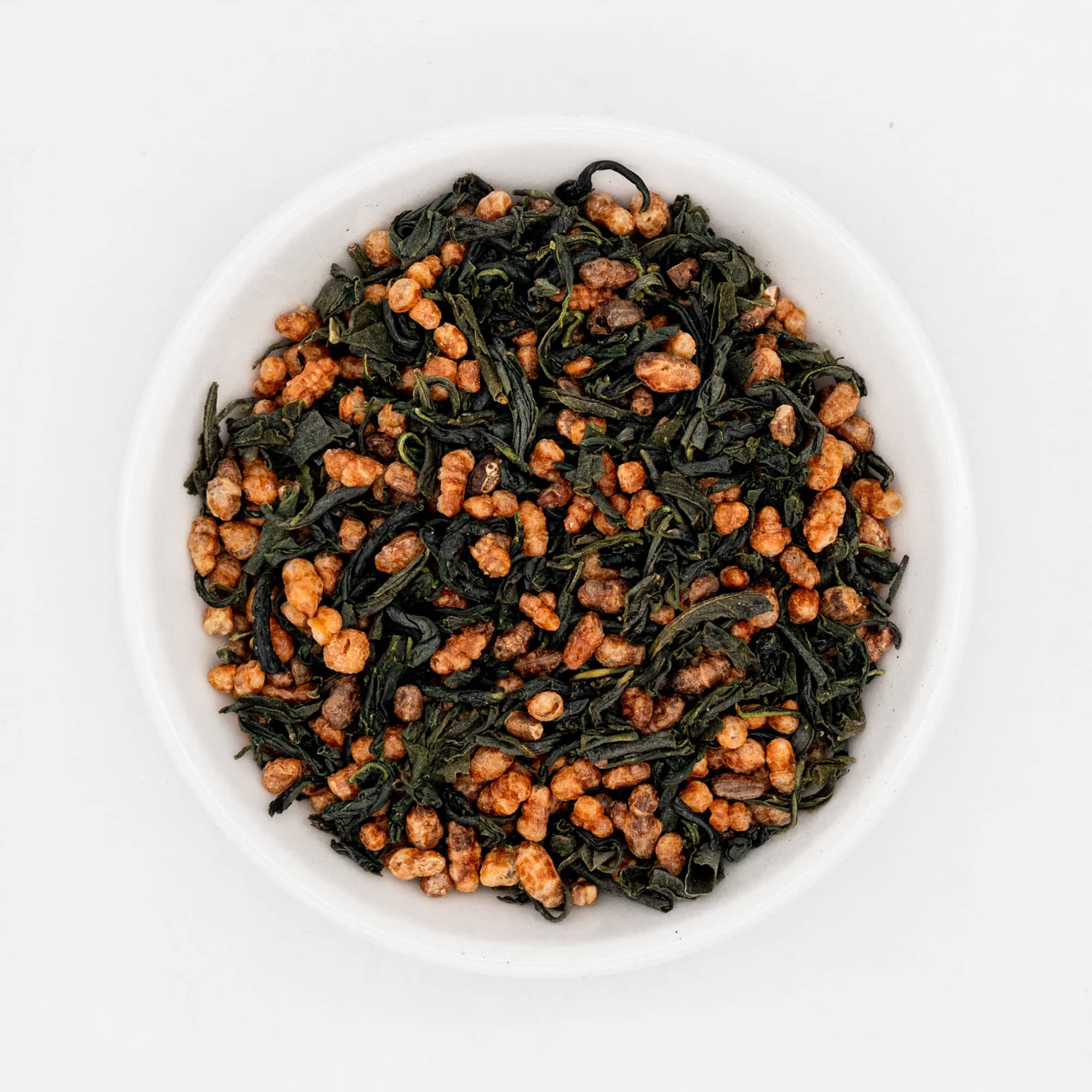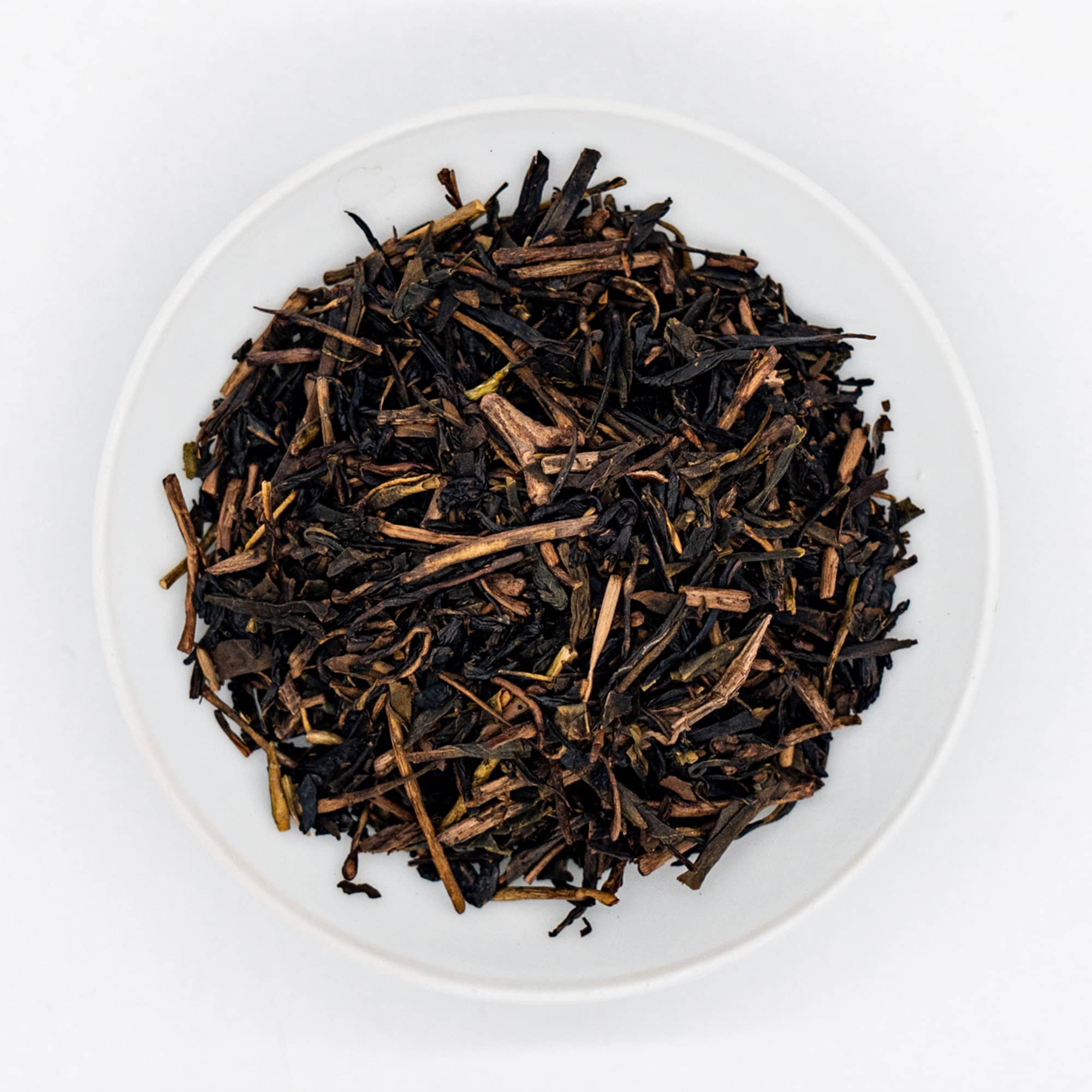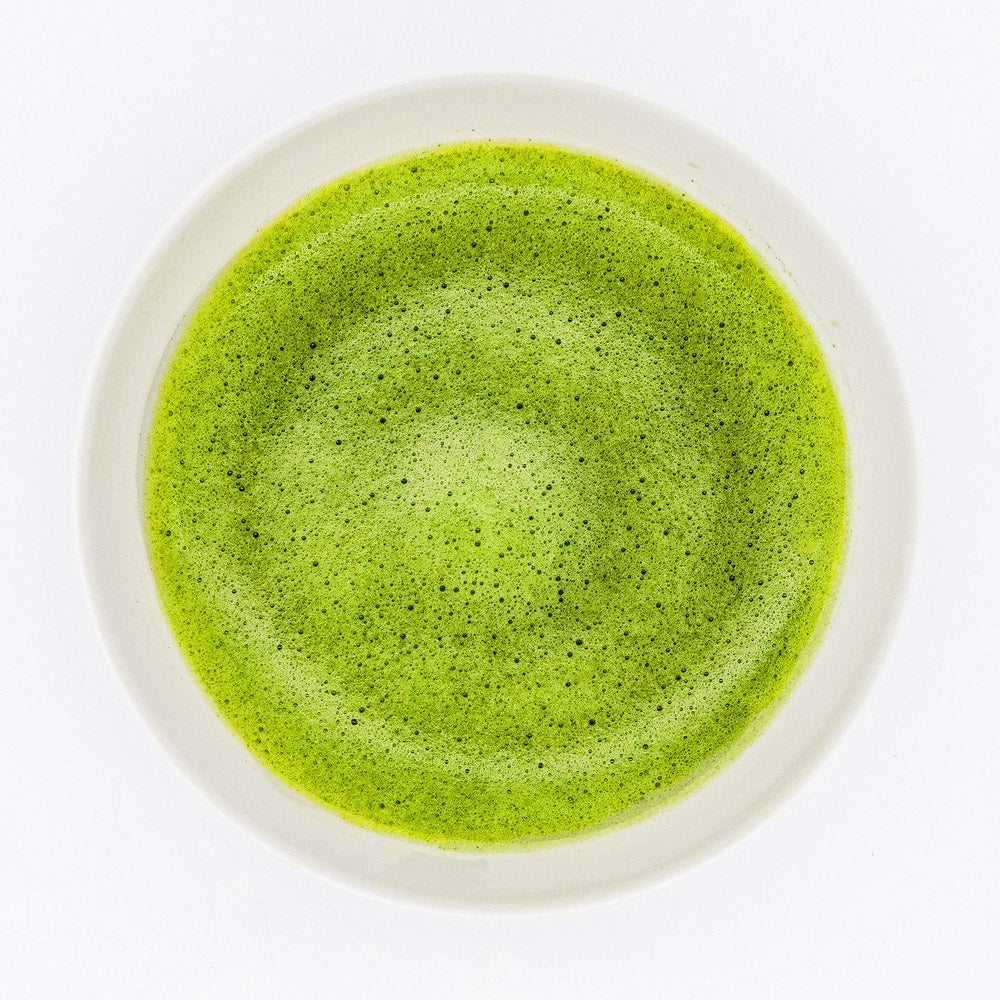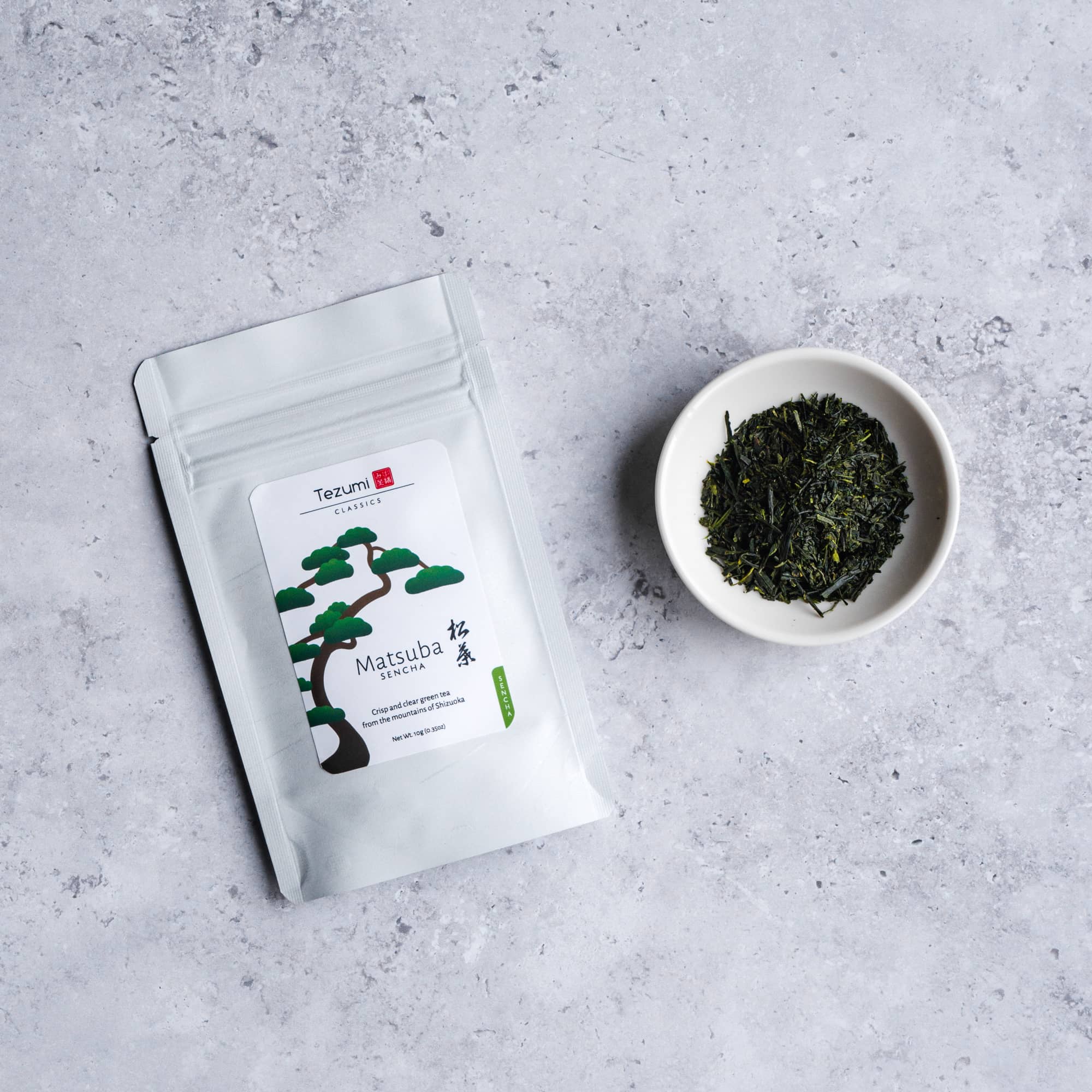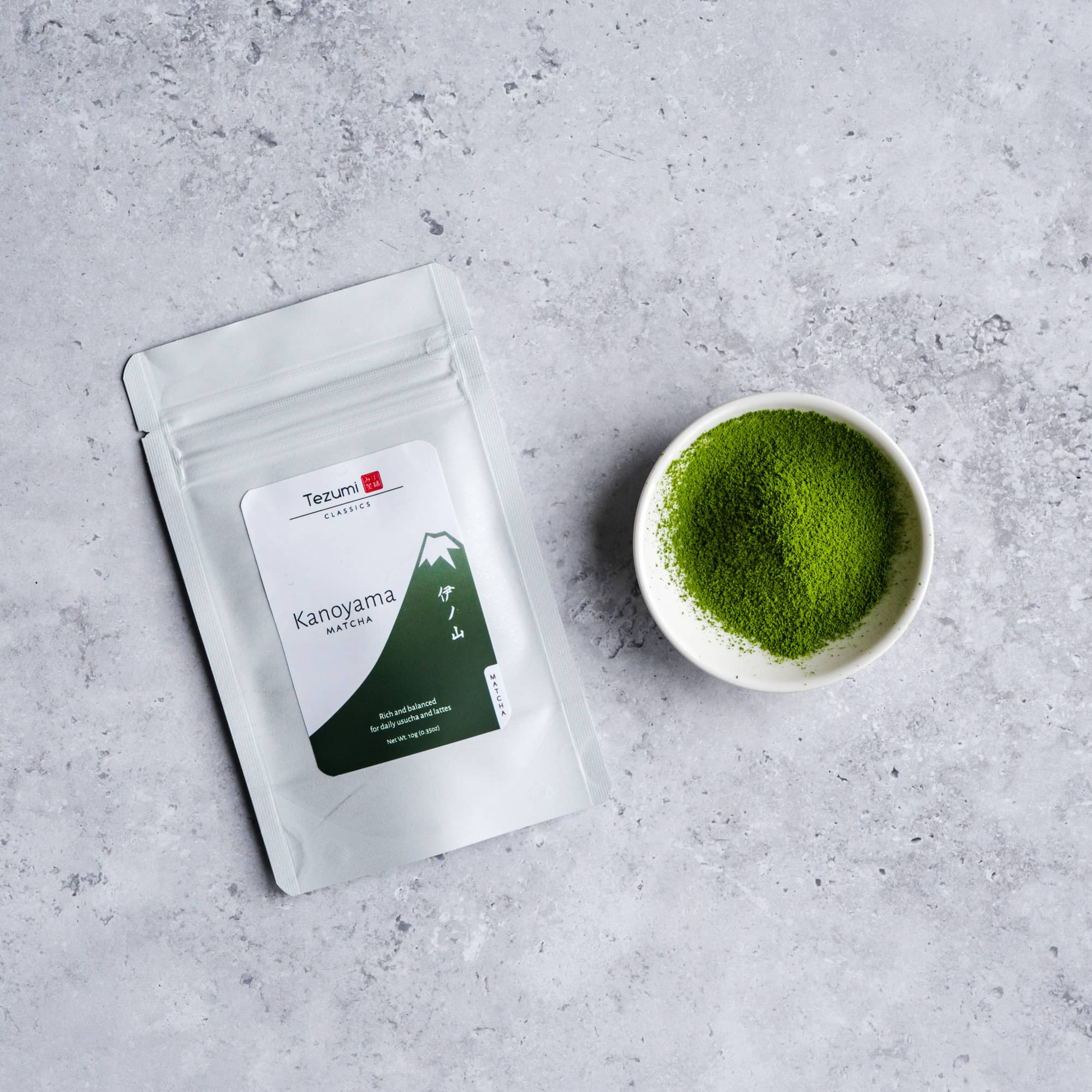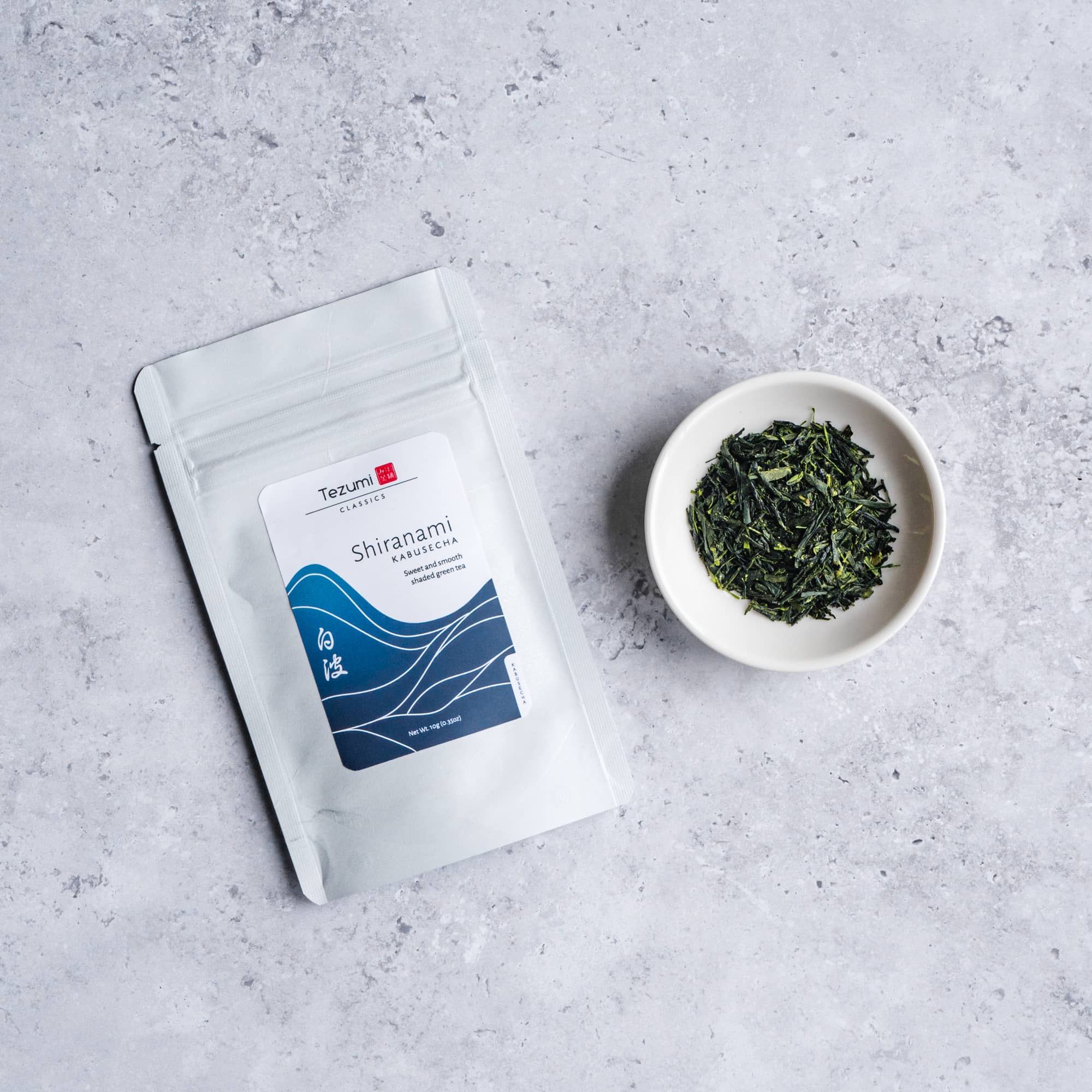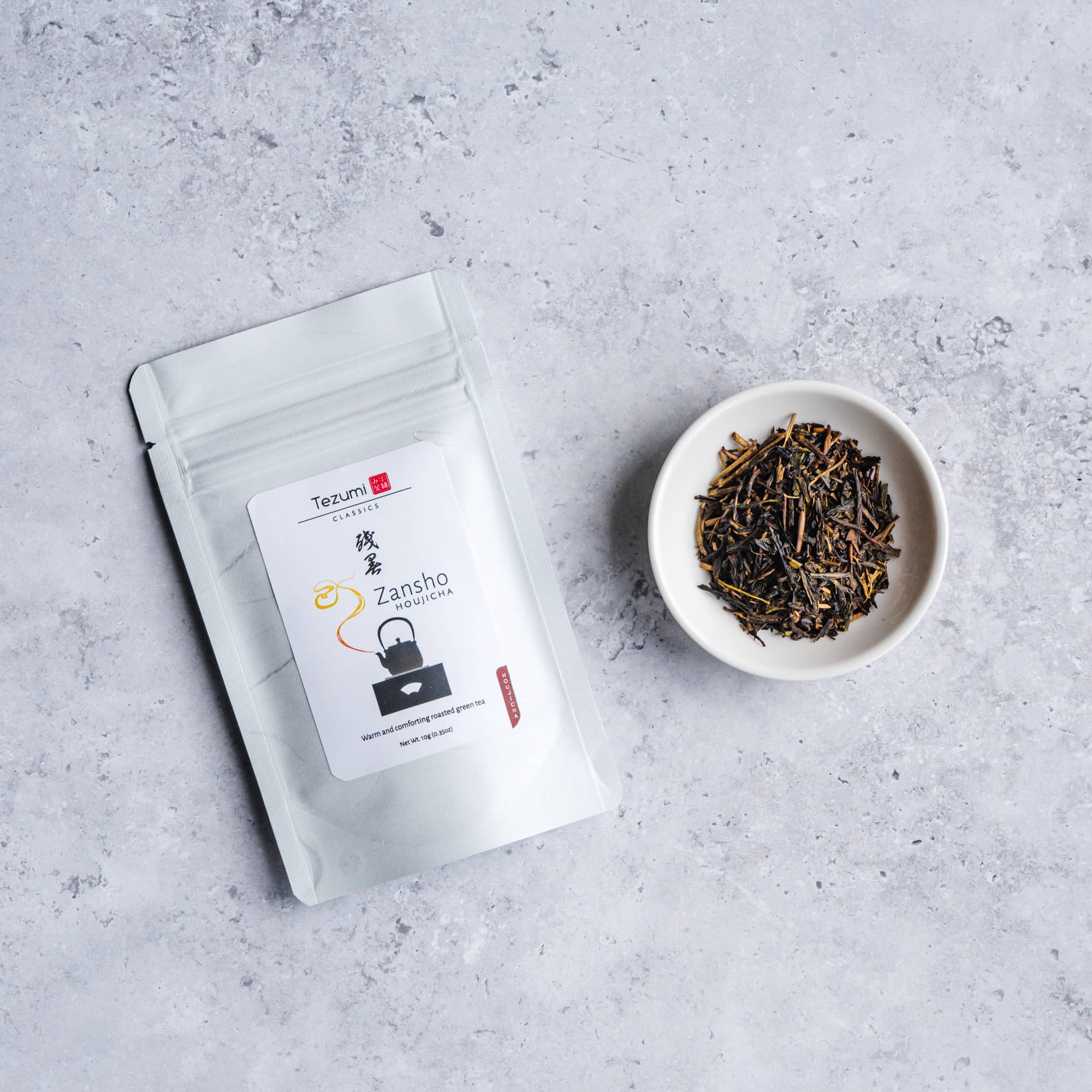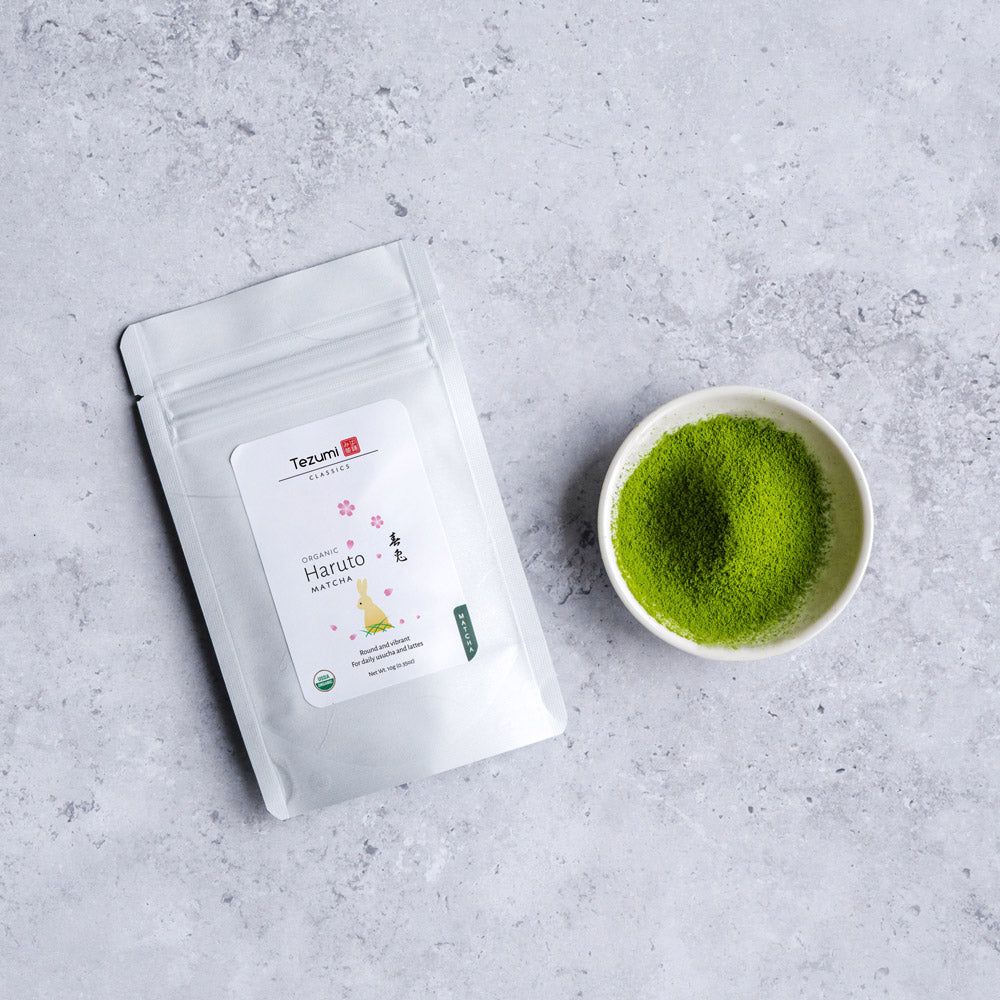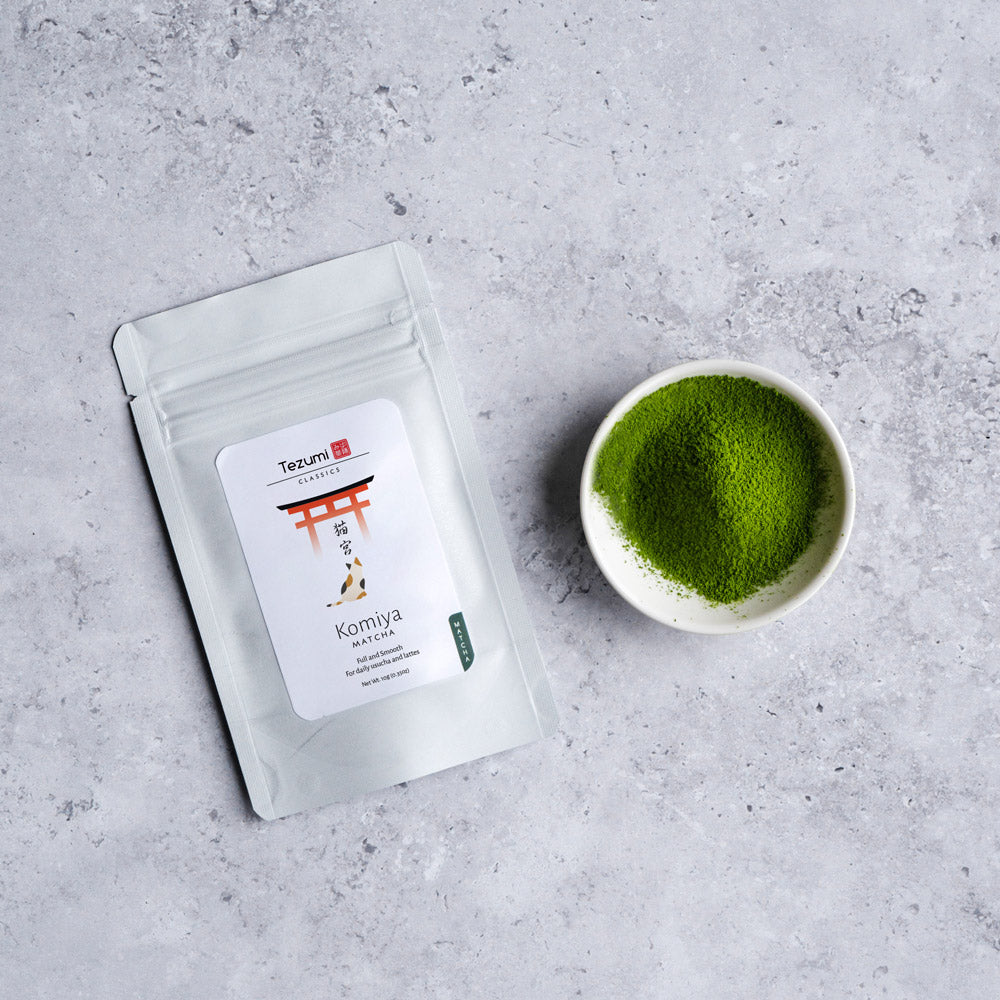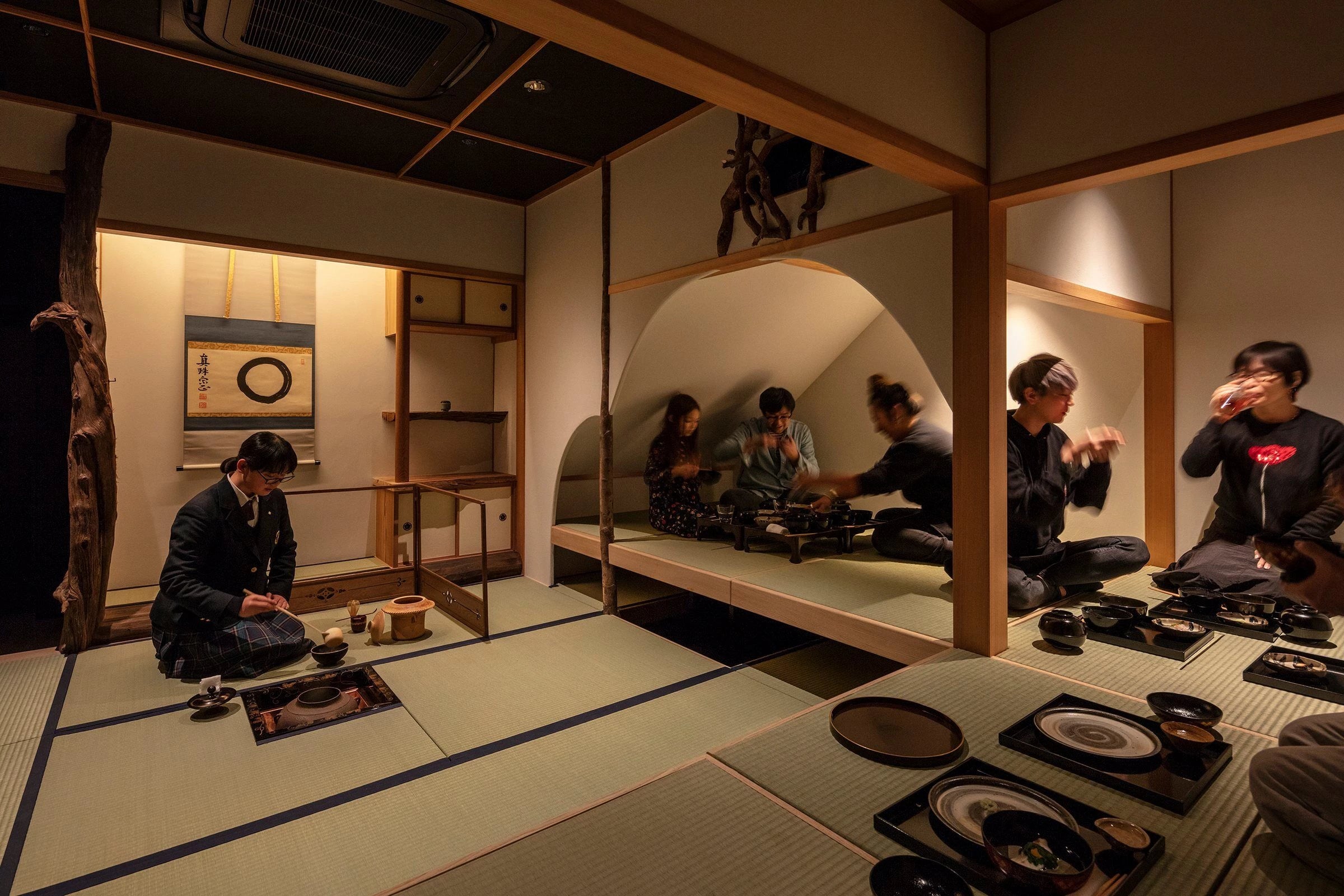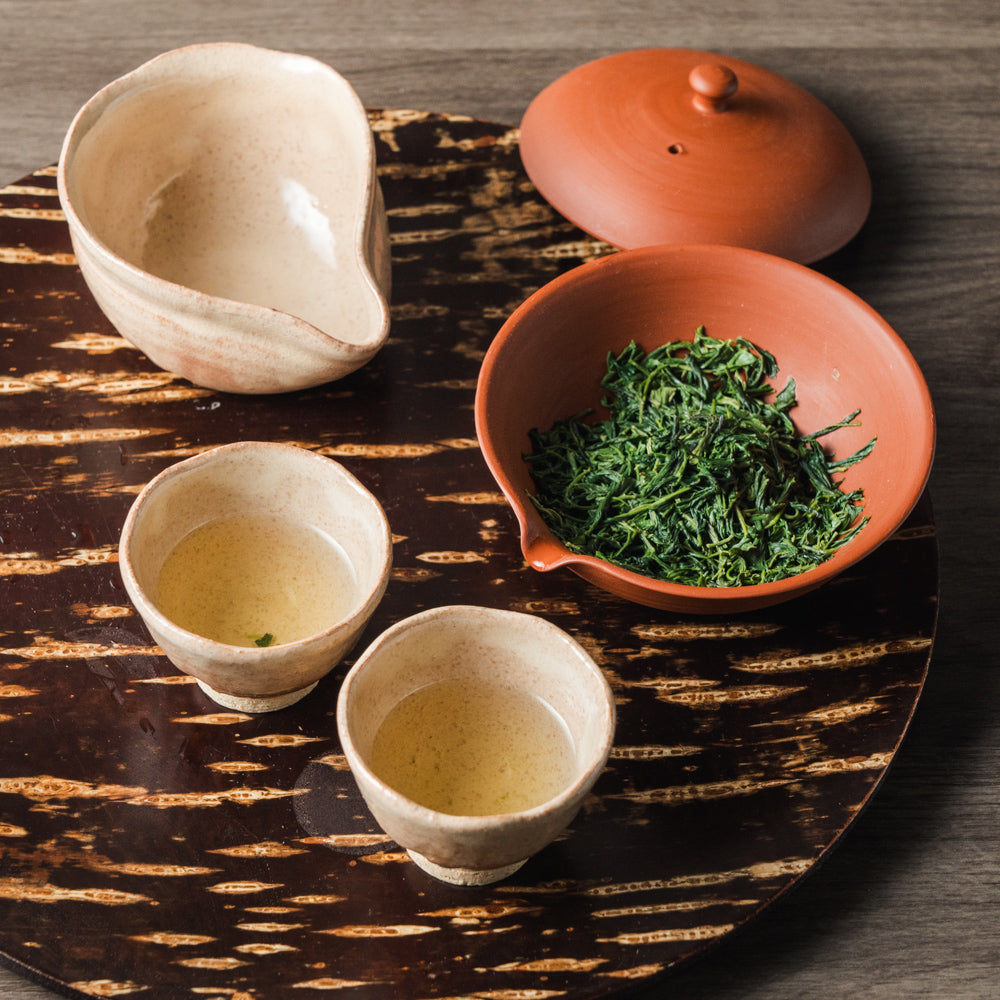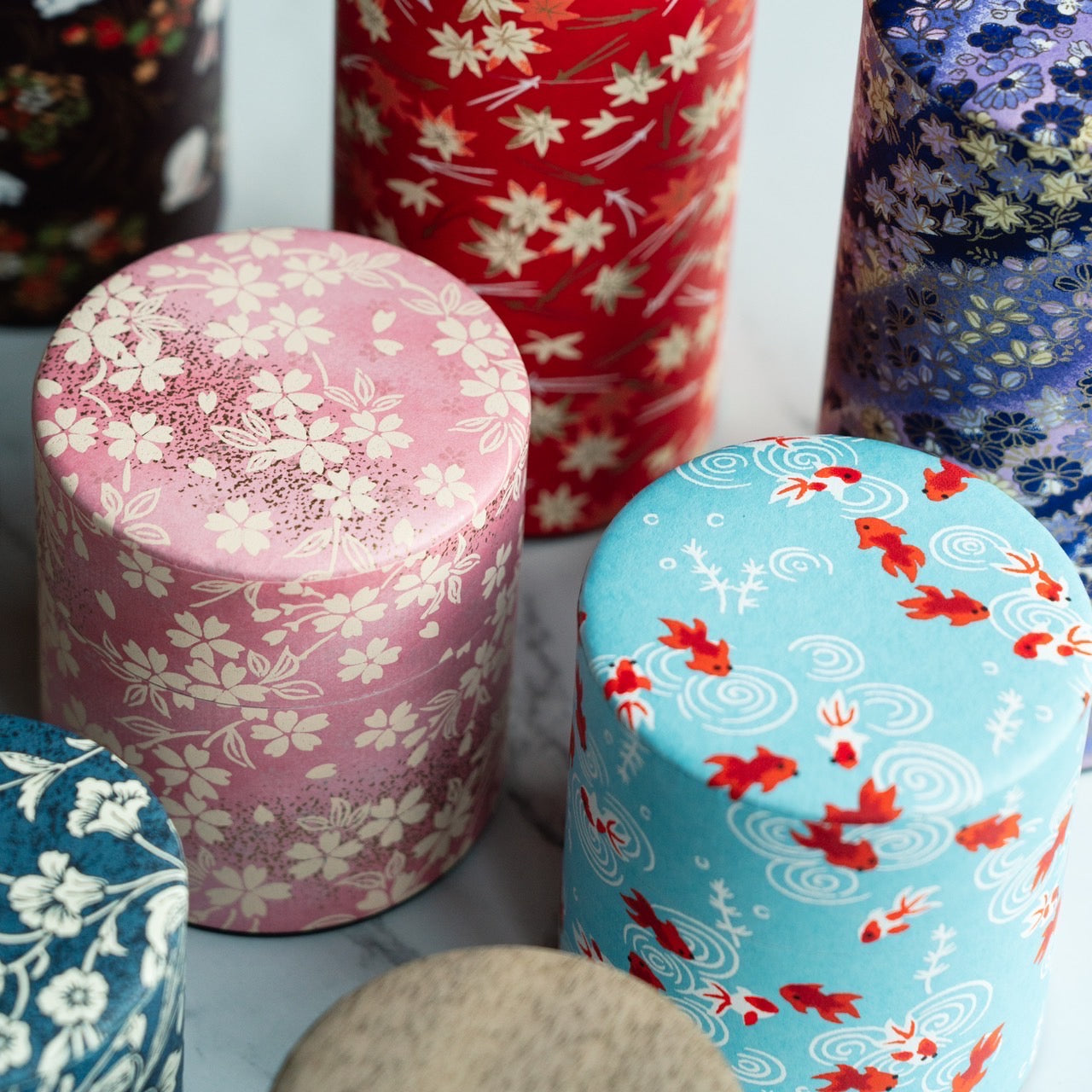This Tokoname-yaki hantsutsu-gata Aka-raku chawan (matcha bowl) features a crazed vermilion red glaze.
Like all raku chawan, this bowls was handbuilt rather than thrown on a wheel. Handbuilding (or handforming, called tebineri (手びねり) in Japanese) refers to pottery made by hand either through coiling or carving, which leaves subtle imperfections from the idealised circular form. The gentle unevenness and asymmetry that results gives Raku chawan a warm, organic feel, exuding the Japanese spirit of wabi-sabi. Glazed in simple black or red, and made roughly cylindrical in shape, these bowls captured the essence of Rikyu’s pared-down style of tea and marked the dawn of a new age in aesthetics, dictated for the first time by domestic Japanese wares rather than imported goods. without the use of a high-speed pottery wheel (instead using a low-speed hand spun wheel).
Made by Owari Shichiroji (尾州 七郎治).
Tokoname-yaki (常滑焼) is a type of Japanese pottery that traditionally comes from Tokoname in Aichi Prefecture, Japan. The site of one of Japan’s Six Ancient Kilns, pottery has been made in Tokoname since the 12th century.
Today, Tokoname ware is known for its iconic brick-red clay called shudei. Famously used in teaware and bonsai pots, this clay’s vibrant colour comes from its rich iron content. Tea steeped in unglazed Tokoname teapots is said to have a mellower taste.
Dimensions:
12.1cm (4.8in) - width
7.5cm (3in) - height
250ml - capacity
Condition: Excellent
This vintage Japanese item ships from Thailand


